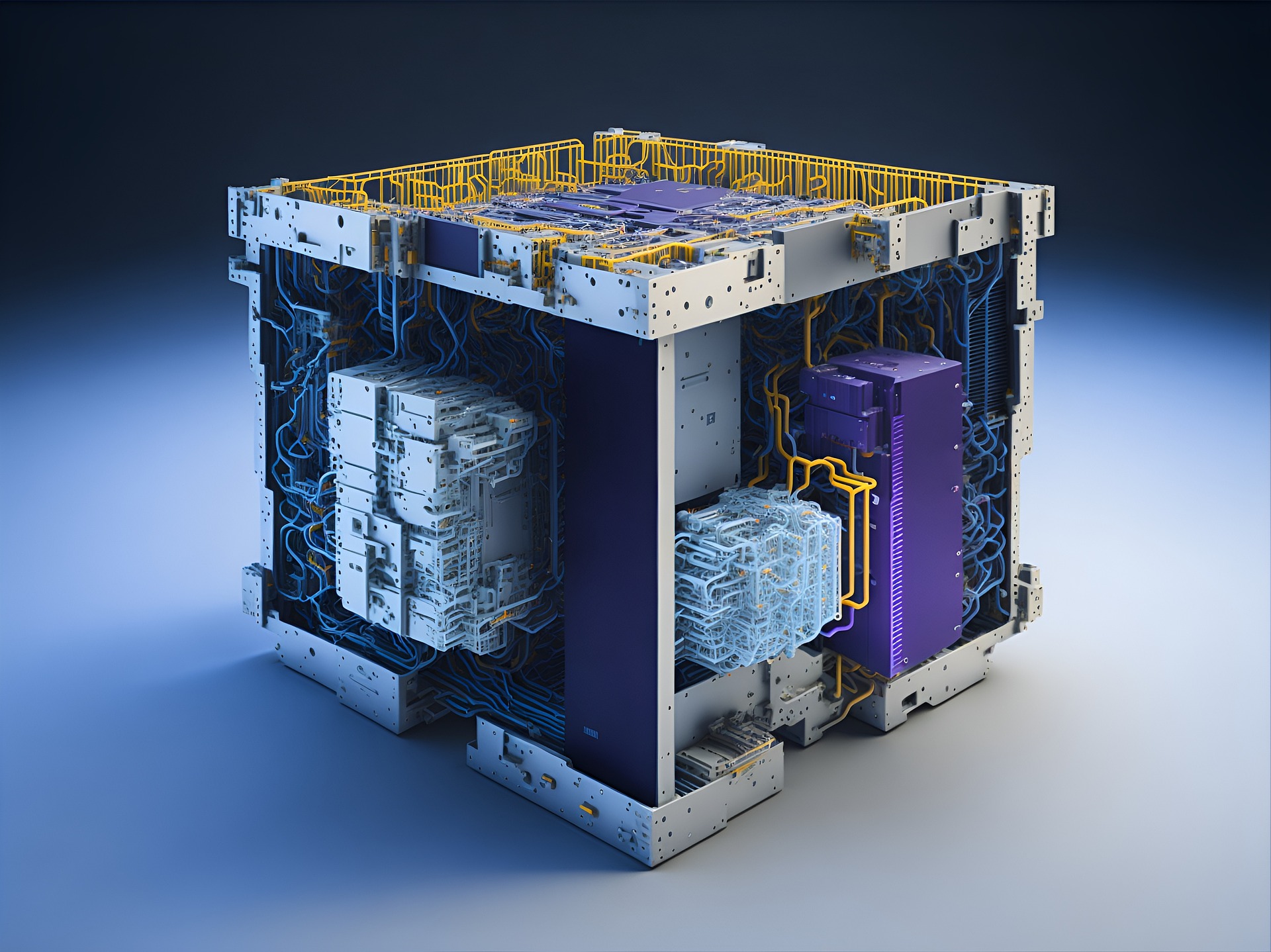Terahertz Communication: Unlocking Ultra-Fast Wireless Data Transfer
The relentless pursuit of faster, more efficient wireless communication has led researchers to explore the untapped potential of terahertz waves. This cutting-edge technology promises to revolutionize data transfer speeds, offering a glimpse into a future where ultra-high-bandwidth wireless communication becomes a reality. But what exactly are terahertz waves, and how could they transform our digital landscape?

Terahertz waves offer several unique properties that make them ideal for high-speed wireless communication. They can carry significantly more data than current microwave-based systems, potentially enabling data transfer rates of up to several terabits per second. Additionally, terahertz waves have shorter wavelengths than microwaves, allowing for more precise beam steering and reducing interference between adjacent channels.
The Journey to Terahertz Communication
The exploration of terahertz communication has its roots in the early 2000s when researchers began investigating the potential of this frequency range for various applications. Initial studies focused on developing reliable terahertz sources and detectors, which proved to be a significant challenge due to the unique behavior of electromagnetic waves at these frequencies.
Over the years, scientists have made remarkable progress in overcoming these obstacles. The development of quantum cascade lasers, for instance, has provided a reliable source of terahertz radiation. Similarly, advancements in graphene-based technology have led to the creation of highly sensitive terahertz detectors, paving the way for practical terahertz communication systems.
Potential Applications and Impact
The implementation of terahertz communication technology could have far-reaching implications across various sectors. In the realm of wireless networks, it could enable ultra-high-speed data transfer in localized areas, such as within a room or building. This capability could revolutionize indoor wireless communication, supporting bandwidth-intensive applications like virtual reality, augmented reality, and holographic telepresence.
In the field of telecommunications, terahertz waves could play a crucial role in addressing the increasing demand for bandwidth in backhaul networks. By providing high-capacity wireless links between cell towers and core networks, terahertz communication could help alleviate bottlenecks in mobile network infrastructure.
The technology also holds promise for short-range, high-speed communication between devices. Imagine transferring an entire 4K movie between smartphones in a matter of seconds, or syncing massive datasets between computers almost instantaneously. Terahertz communication could make such scenarios a reality.
Technical Challenges and Limitations
Despite its immense potential, terahertz communication faces several technical hurdles that must be overcome before widespread adoption becomes feasible. One of the primary challenges is the high attenuation of terahertz waves in the atmosphere. Water vapor and other atmospheric gases absorb these waves, limiting their effective range to relatively short distances.
Another significant obstacle is the development of efficient, compact, and cost-effective terahertz transmitters and receivers. While progress has been made in this area, current solutions are still too bulky and expensive for widespread commercial use. Researchers are exploring various approaches to address this issue, including the use of novel materials and innovative circuit designs.
Power consumption is also a concern, particularly for mobile and portable devices. Generating and detecting terahertz waves currently requires significant energy, which could limit the technology’s applicability in battery-powered devices.
Current Research and Future Prospects
The field of terahertz communication is rapidly evolving, with researchers around the world working to address its challenges and unlock its full potential. Recent studies have demonstrated impressive data transfer rates in laboratory settings, with some experiments achieving speeds of up to 100 gigabits per second over short distances.
Efforts are also underway to develop more efficient terahertz antennas and beamforming techniques to extend the range of terahertz communication systems. Some researchers are exploring the use of artificial intelligence and machine learning algorithms to optimize terahertz signal processing and improve overall system performance.
As these technological advancements continue, we can expect to see terahertz communication gradually making its way into real-world applications. Initial implementations are likely to focus on niche areas where the technology’s unique capabilities provide significant advantages, such as ultra-high-speed wireless links in data centers or high-bandwidth communication in controlled environments.
The Road Ahead
While terahertz communication technology is still in its early stages, its potential to transform wireless data transfer is undeniable. As researchers continue to push the boundaries of what’s possible, we may be on the cusp of a new era in wireless communication, one where ultra-fast, high-capacity data transfer becomes the norm rather than the exception.
The journey to fully realize the potential of terahertz communication will undoubtedly be challenging, requiring sustained investment in research and development. However, the potential rewards are immense, promising to unlock new possibilities in fields ranging from telecommunications and computing to healthcare and scientific research.
As we look to the future, it’s clear that terahertz communication will play a crucial role in shaping our increasingly connected world. By continuing to explore and develop this cutting-edge technology, we are paving the way for a future where the limitations of current wireless communication systems become a thing of the past, opening up new horizons for innovation and connectivity.





